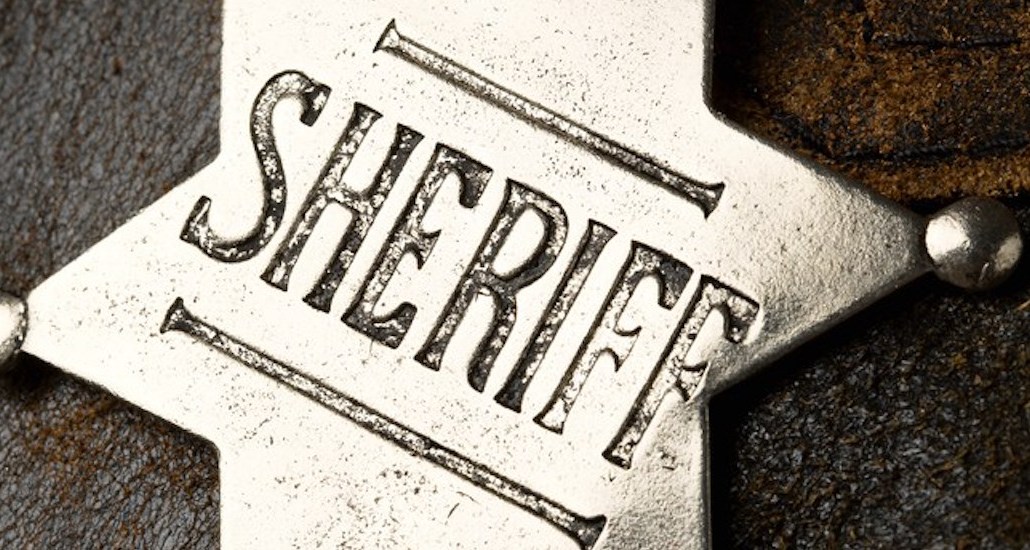
by Tyler Hampton, director of product marketing, Amobee (formerly Turn)
Ad context is a hot topic in the ad industry. Just ask The New York Times, which used a brand-safe message to entice advertisers at this year’s NewFronts.
No one wants their brand to appear beside a potentially offensive video or piece of content, so it’s no surprise that 62 percent of agency executives rated context and site quality as a top priority, along with good audience metrics (56 percent) and viewability metrics (48 percent), according to a recent Turn survey.
This year, a flurry of news coverage brought light to the brand safety issue. Some of the biggest brands in the world made headlines when they abruptly pulled away from YouTube following the revelation that their ads were placed in proximity to videos promoting the extremist content.
Most consumers don’t understand programmatic, so they could erroneously assume the brand bankrolls such content — a mistake that has left some beloved and respected companies tarnished.
Good Fences Make Good Neighbors
Marketers have traditionally turned to a system of whitelisting, which involves making a list of acceptable sites, or blacklisting, which requires them to identify those sites they wish to avoid.
Either method poses its own set of problems. Whitelisting drastically limits the scale of the “good” buys, while objectionable sites proliferate so quickly compiling and maintaining an effective blacklist is seemingly impossible. A buyer without a decent blacklist might ask for premium sports sites, expecting ESPN or BBC Sport and instead get placement on third-rate sites that are only loosely connected to sports.
For its part, YouTube has since published strict, new guidelines governing the videos allowed to earn revenue from ads. The stricter regulations may ultimately cause some of YouTube’s prolific posters to defect to other sites, such as Facebook or Twitch, and marketers will need to be continually vigilant.
The Neighborhood Watch
Constant vigilance is easier if you have help, and finding a trusted partner is invaluable – especially one with a wealth of experience in dealing with the issue of brand safety like Amobee, an agnostic platform that works with brand safety partners to filter unsavory content.
In today’s climate, going it alone or relying on video hosts to police themselves is simply unsafe. Recent news conclusively proves there’s no time for complacency when it comes to the brand safety standards currently in use. There’s clearly work to be done, and the industry bears a critical responsibility to educate and inform advertisers on the process of vetting web pages for sensitive content.
Bob Liodice, CEO of the ANA, said in a recent statement that there’s no more important asset for a marketer than the brand. That’s why the choice of a trusted partner is crucial. Brand safety doesn’t happen by flipping a switch. Instead, it requires constant vigilance and the right expertise.
Learn more about making sure your video ads are seen in the right environment.
More from Digiday

The AI hype cycle is rewriting ad tech’s M&A math
As talk of a dot-com-style AI bubble grows louder, buyers are shifting from growth-at-all-costs to consolidation and cleanup.

The accidental guardian: How Cloudflare’s Matthew Prince became publishing’s unexpected defender
Cloudflare’s day job is fending off botnets and nation-state cyberattacks, not debating how Google and other AI firms crawl publisher sites.

Omnicom Media kicks off CES with a Google search partner that drills deeper into intent
Omnicom is working with Google to create a new tool that empowers brands with far deeper insights into how to use search in the AI-powered era, given that historical notions of search marketing have flown out the window.





